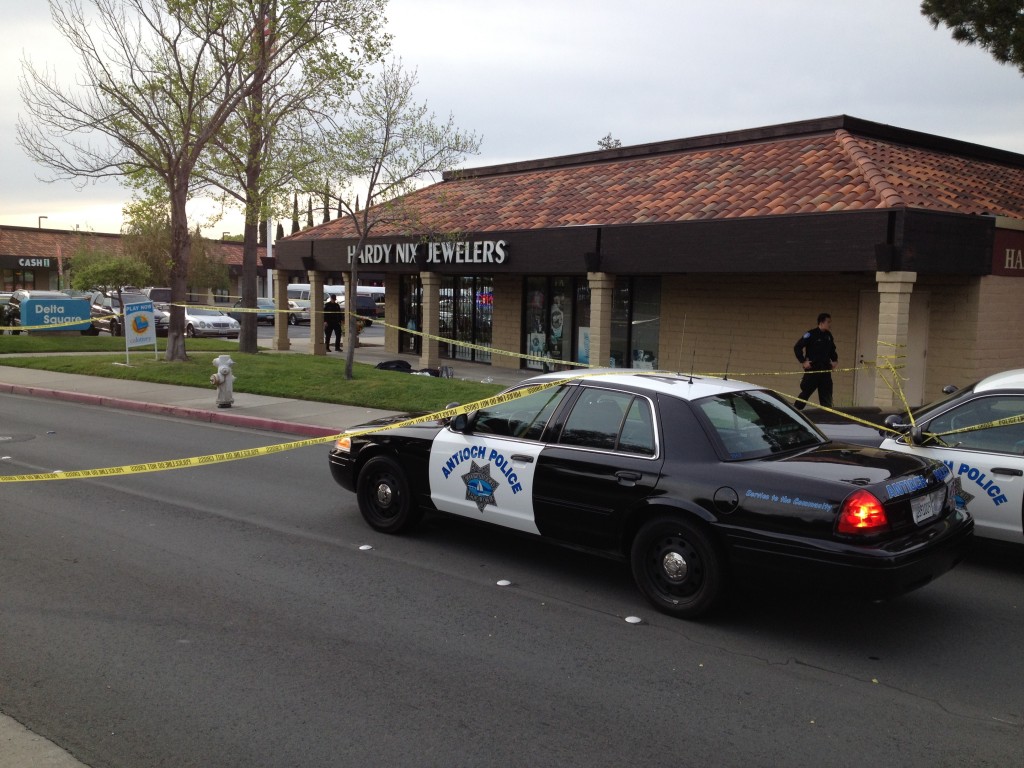Pleasant Hill, CA, April 9, 2014 – Currently there are more than 8,126 teachers educating approximately 171,418 students in Contra Costa County’s public schools. To recognize their efforts and bring much-deserved honor to the teaching profession, the participating school districts in the county recently named their Teachers of the Year (TOY) representatives. (See list below). The upcoming school year’s 22 TOYs represent 17 Contra Costa County school districts, the Contra Costa Community College District and the Contra Costa County Office of Education (CCCOE). Twenty of the 22 representatives, those who teach K through 12, are eligible to compete in the Contra Costa County TOY competition. The top two teachers in the county TOY program will represent Contra Costa County in the California State TOY Program this coming fall.
“Once again, we have a tremendous group of teachers who have earned their school districts’ highest accolades, due to their talents, work ethic, and dedication. These honored educators not only represent their individual schools and school districts, but also embody all of the exceptional teachers we are so fortunate to have in our county,” reports Contra Costa County Superintendent of Schools Dr. Joseph A. Ovick.
The county’s TOY program is directed by the CCCOE. With such a high caliber of teaching professionals to draw from, the CCCOE’s TOY program uses a three-stage selection process, with a point and percentage system to determine the final candidates as follows:
I Application Screening:
On April 4, a committee of 14 judges, representing the county’s education, business, and public-sector partners carefully reviewed the applications submitted by the school districts. This committee independently rates each application. After the application screening and scoring are completed, four teachers will be selected to advance to the next two phases as finalists.
II Classroom Observation and Interview:
During the weeks of late April and mid May, a small committee of education specialists and business partners will observe the finalists interacting with their students. Immediately following, the committee interviews the candidates discussing topics such as their teaching philosophy and techniques.
III Speech Presentation:
On August 11, the four TOY finalists will each give a three- to five-minute speech to another panel of a dozen educators, business, and public-sector representatives who will judge the finalists on their speech and presentation skills.
On the evening of September 11, 2014, all 22 TOYs, accompanied by their families, friends, and co-workers (an audience of more than 400) will be honored at the annual Contra Costa County Teacher of the Year Dinner Celebration, held at the Hilton Concord. Dr. Ovick, who serves as master of ceremonies, introduces the TOYs by sharing a special story that reflects his classroom visits of each teacher during the current spring and summer months. This will be followed by the four finalists giving their three- to five-minute speeches (same speeches given in August) to the filled banquet room. Finally, the night will come to a dramatic close with the announcement of the two 2014-2015 Contra Costa County Teachers of the Year.
2013-2014 Contra Costa County Teacher of the Year Representatives:
Kevin Jones, Antioch Unified School District, Antioch High
CiCi Migay, Brentwood Union School District, Brentwood Elementary
Dorinda Mas, Byron Union School District, Discovery Bay Elementary
Jason Davis, Knightsen Elementary School District, Knightsen Elementary
Michael Kleiman, Liberty Union High School District, Freedom High
Nikki Alford, Oakley Union Elementary School District, Gehringer Elementary
Elizabeth Lanfranki, Pittsburg Unified School District, Martin Luther King, Jr. Junior High
Keith Johnson, West Contra Costa USD, El Cerrito High
Jane Kelson, Acalanes Union High School District, Campolindo High
Patrick Leong, Contra Costa County College District, Diablo Valley College
Bruce McCormick, West Contra Costa Unified School District, Portola Middle
Tricia Newhart, Orinda Union School District, Del Ray Elementary
Catherine Patterson, John Swett Unified School District, Rodeo Hills Elementary
Ann Ralph, Moraga School District, Donald Rheem Elementary
Gail Robles, Walnut Creek School District, Parkmead Elementary
Joann Rossi, Contra Costa County Office of Education, Early Start Program @ Marchus School
Stephen Slater, Mt. Diablo Unified School District, Wren Avenue Elementary
Kara Teach, San Ramon Valley Unified School District, Charlotte Wood Middle
Olivia Vann, Lafayette School District, Springhill Elementary
Brian Wheeler, Martinez Unified School District, Alhambra High
Karen Young, San Ramon Valley Unified School District, Coyote Creek Elementary
Kathleen Young, Mt. Diablo Unified School District, Highlands Elementary
Note regarding eligible participants:
- Seventeen of the eighteen Contra Costa County school districts represented, plus the CCCOE are participating in this year’s TOY program. (Because this year’s CCCOE candidate teaches pre-K, she is not eligible in the California State TOY competition.)
- Each year, one instructor from Contra Costa Community College District is submitted to the TOY program for his/her outstanding body of work with their designated college. The colleges rotate each year between Diablo Valley, Los Medanos, and Contra Costa. (These instructors do not compete in the State Teacher of the Year competition.)
- Due to the larger number of students in their districts, West Contra Costa USD, Mt. Diablo USD, and San Ramon Valley USD are allowed to submit two TOY candidates































